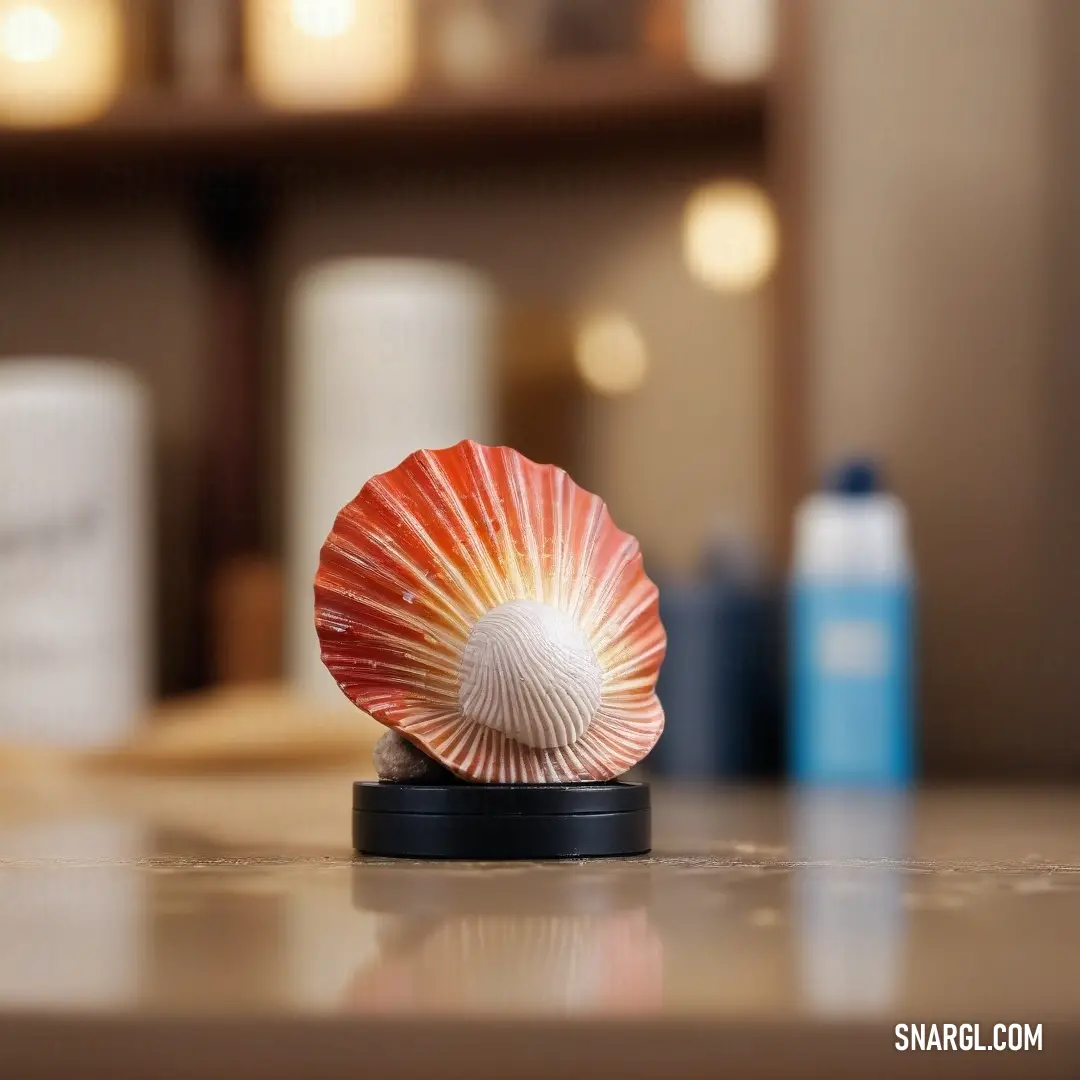Terra cotta, with its warm and earthy tones, can beautifully capture the essence of various landscapes.
Imagine a scene where the late afternoon sun bathes the land in a soft, glowing light.
The rolling hills stretch out into the distance, their contours highlighted by the rich, deep orange-brown hue of terra cotta.
This color, reminiscent of baked clay, lends itself to depicting the arid expanse of a desert, where the vast, open sky meets the rugged earth, and the only movement is the gentle dance of shadows as the day progresses.
In a terra cotta landscape, you might find elements of nature that complement this color palette: olive trees with their silvery-green leaves, or perhaps a field of sunflowers, their bright yellow petals standing out against the subdued backdrop.
The terra cotta color can also be used to portray the rustic charm of a Mediterranean village, with houses clustered together, their walls and tiled roofs reflecting the warm tones of the earth.
As the sun sets, the sky transitions through a spectrum of colors—from a pale, peachy blush to a vibrant, burnt orange—mirroring the terra cotta shades below.
The final touch could be the silhouette of a distant mountain range, adding depth and mystery to the composition, inviting the viewer to imagine the coolness of the heights contrasting with the warmth of the terra cotta-colored land.
This color, which has adorned the pottery and architecture of ancient civilizations, continues to inspire artists today, allowing them to create landscapes that are not only visually stunning but also evoke a sense of timelessness and connection to the earth.
Whether it's the grandeur of a canyon's steep walls or the simple beauty of a terraced field, terra cotta can bring a landscape to life with its warm, inviting glow.
Top 5 color shades of the illustration. Arranged in descending order of frequency of occurrence (first - more often, last - more rare).
See these colors in NCS, PANTONE, RAL palettes...


